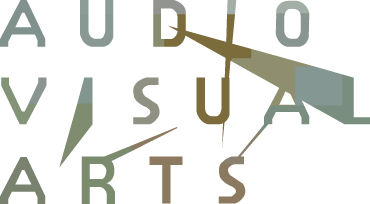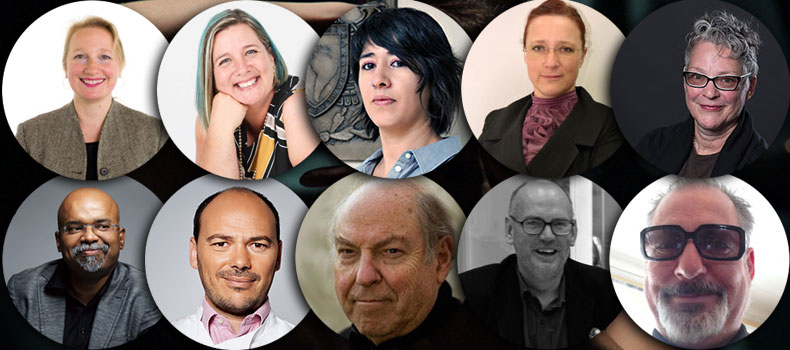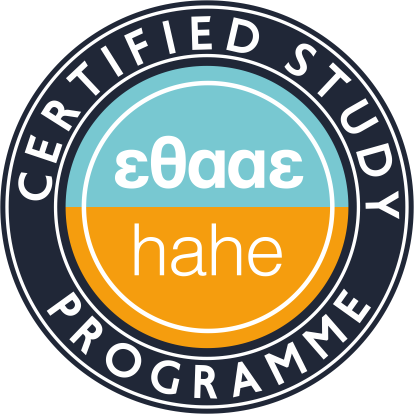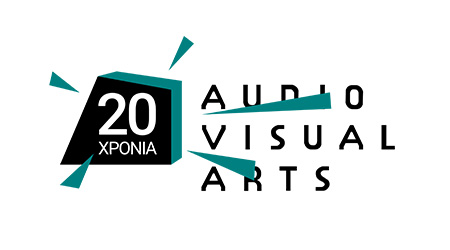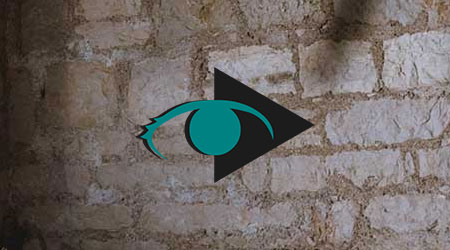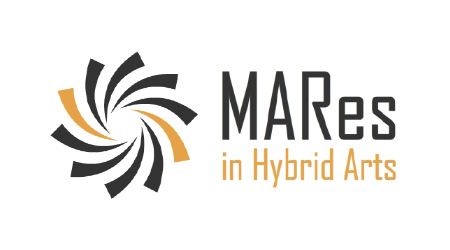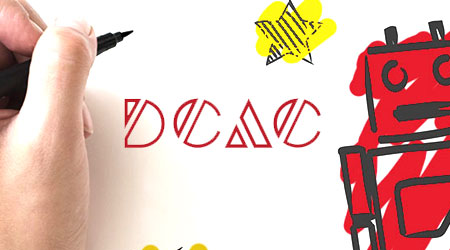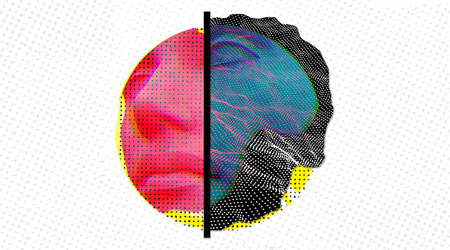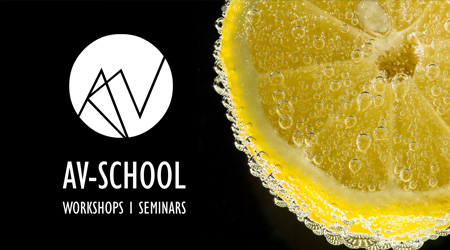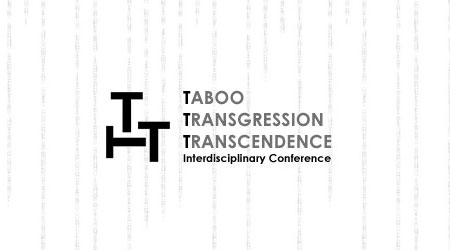Well-known personalities of contemporary art and science will be this year’s keynote speakers for the international interdisciplinary conference of the Ionian University taking place in Corfu: Gunalan Nadarajan, Irina Aristarkhova, Luis Graca, Marta de Menezes, Roy Ascott, María Antonia González Valerio, Andrew Carnie, Polona Tratnik, Adam Zaretsky and Kathy High.
Conference TABOO - TRANSGRESSION - TRANSCENDENCE in Art and Science (TTT2017)
Official Website: https://avarts.ionio.gr/ttt 
Gunalan Nadarajan, an art theorist and curator working at the intersections of art, science and technology, is Dean and Professor at the Penny W. Stamps School of Art and Design at the University of Michigan. He has served in a variety of academic roles in teaching, academic administration and research for over two decades. Prior to joining University of Michigan, he was Vice Provost for Research and Dean of Graduate Studies at the Maryland Institute College of Arts. He also had previous appointments as Associate Dean for Research and Graduate Studies at the College of Arts and Architecture, Pennsylvania State University and Dean of Visual Arts at the Lasalle College of the Arts, Singapore ( Short CV  ).
).
Irina Aristarkhova, author of Hospitality of the Matrix: Philosophy, Biomedicine, and Culture (Columbia University Press, 2012) and Associate Professor of Art & Design, History of Art and Women's Studies at the Penny. W. Stamps School of Art & Design, University of Michigan, Ann Arbor. Prior to moving to the US, she led a Cyberarts Research Initiative at the National University of Singapore and taught at Lasalle College of the Arts (Short CV  ).
).
Luis Graca has an MD from the University of Lisbon, Portugal; and a PhD in transplant immunology from the University of Oxford, UK. He developed his post-doctoral research first in Oxford and later at the Institute for Child Health Research, in Perth, Australia. He is currently Associate Professor at the Lisbon Medical School, directing a research group in cellular immunology at Instituto de Medicina Molecular (Short CV  ).
).
Marta de Menezes is a Portuguese artist (b. Lisbon, 1975) with a degree in Fine Arts by the University in Lisbon, a MSt in History of Art and Visual Culture by the University of Oxford, and a PhD candidate at the University of Leiden.
She has been exploring the intersection between Art and Biology, working in research laboratories demonstrating that new biological technologies can be used as new art medium ( Short CV  ).
).
Roy Ascott, artist and researcher at the domain of Cybernetics and Telematicsis President of the Planetary Collegium and the DeTao Master of Technoetic Arts at the Beijing DeTao Masters Academy in Shanghai. He is a Doctor Honoris Causa of Ionian University, Corfu, Greece (Short CV  ).
).
María Antonia González Valerio is a full-time professor of the Faculty of Philosophy and Literature and of the postgraduate programs in Philosophy, Philosophy of Science, Art History and Fine Arts, Universidad Nacional Autónoma de México (UNAM). She works within the research line of ontology-aesthetics and the interdisciplinary line of arts, sciences and humanities, specifically in the field of art that uses bio-media. ( Short CV  ).
).
Andrew Carnie is an artist and academic. He is currently part of the teaching team in Fine Arts at Winchester School of Art, University of Southampton, England. He was born in 1957. He studied chemistry and painting at Warren Wilson College, North Carolina, then zoology and psychology at Durham University, before starting and finishing a degree in Fine Art at Goldsmiths College, London. Andrew then completed his Masters degree in the Painting School, at the Royal College of Art. He has continued as a practicing artist ever since. In 2003 he was the Picker Fellow at Kingston University. His artistic practice often involves a meaningful interaction with scientists in different fields as an early stage in the development of his work. There are also other works that are self-generated and develop from pertinent ideas outside science.
( Short CV  ).
).
Polona Tratnik, Ph.D., is Dean of Alma Mater Europaea – Institutum Studiorum Humanitatis, Faculty and Research Institute for Humanities, Ljubljana, where she is a Professor and Head of Research as well. She also teaches courses at the Faculty for Media and Communication at Sigidinum University in Serbia, at the Academy of Fine Arts and Design of the University of Ljubljana, at the Faculty of Education of the University of Maribor and at the Faculty for Design of the University of Primorska. She was a Fulbright Visiting Scholar and a Guest Professor at the University of California Santa Cruz (2012). She was a Guest Professor as well at the Capital Normal University Bejing (China), at the Faculty for Art and Design Helsinki TAIK (Finland), and at the Universidad Nacional Autónoma de México (Mexico City). She is president of the Slovenian Society of Aesthetics (since 2011) and an Executive Committee Member of the International Association of Aesthetics. She has authored seven monographs, including the Hacer-vivir más allá del cuerpo y del medio (Mexico City: Herder, 2013) and Conquest of Body. Biopower with Biotechnology (Springer, 2017). ( Short CV  )
)
Adam Zaretsky, Ph.D. is a Wet-Lab Art Practitioner mixing Ecology, Biotechnology, Non-human Relations, Body Performance and Gastronomy. Zaretsky stages lively, hands-on bioart production labs based on topics such as: foreign species invasion (pure/impure), radical food science (edible/inedible), jazz bioinformatics (code/flesh), tissue culture (undead/semi-alive), transgenic design issues (traits/desires), interactive ethology (person/machine/non-human) and physiology (performance/stress). A former researcher at the MIT department of biology, for the past decade Zaretsky has been teaching an experimental bioart class called VivoArts at: San Francisco State University (SFSU), SymbioticA (UWA), Rensselaer Polytechnic Institute (RPI), University of Leiden's The Arts and Genomic Centre (TAGC), and with the Waag Society. Last year he taught DIY-IGM (Do It Yourself Inherited Genetic Modification of the Human Genome) at Carnegie Mellon (CMU) and New York University (NYU). He also runs a public life arts school: VASTAL (The Vivoarts School for Transgenic Aesthetics Ltd.) His art practice focuses on an array of legal, ethical, social and libidinal implications of biotechnological materials and methods with a focus on transgenic humans. He is currently a Visiting Professor of Media Arts in the School of Communication and the Arts at Marist College and resides in Woodstock, New York. ( Short CV  )
)
Kathy High (USA) is an interdisciplinary artist, educator working with technology, art and biology. In her work, she considers living systems, empathy, animal sentience, and the social, political and ethical dilemmas of biotechnology and surrounding industries. She has received awards including Guggenheim Memorial Foundation, Rockefeller Foundation, and National Endowment for the Arts. Her art works have been shown at documenta 13 (Germany), Guggenheim Museum, Museum of Modern Art (NYC), Art/Sci UCLA (Los Angeles), Science Gallery, (Dublin), NGBK, (Berlin), Fesitval Transitio_MX (Mexico), MASS MoCA (North Adams), Para-site (Hong Kong). She has had artist residencies with SymbioticA at the University of Western Australia (2009-10), with Finnish Society of Bioart Field Notes/Deep Time/Journey to the Post-Anthropognic at the Kilpsjarvi Biological Research Station (2013), with Coalesce Biological Laboratory Center at University of Buffalo and Imagin-omics Residency with the DePaolo Lab, USC (2016). High is Professor in the Arts, at Rensselaer Polytechnic Institute, Troy, NY. ( Short CV  )
)
The conference will take place in Corfu from May 26th to 28th, 2017 continuing to explore the theme “Taboo-Transgression-Transcendence in Art and Science” within the frame of the 11th Audiovisual Arts Festival, organized by the Ionian University (May 20 - June 11, 2017, Corfu). This year's conference is dedicated to all those who keep pushing the limits further than the next gadget and understand the essential role of fantasy when synchronized with reality. One step further, one more time, knowing that the truly opening dimension might be towards the voyaging of consciousness (detailed description: https://avarts.ionio.gr/ttt/2017/en/description/  ).
).
